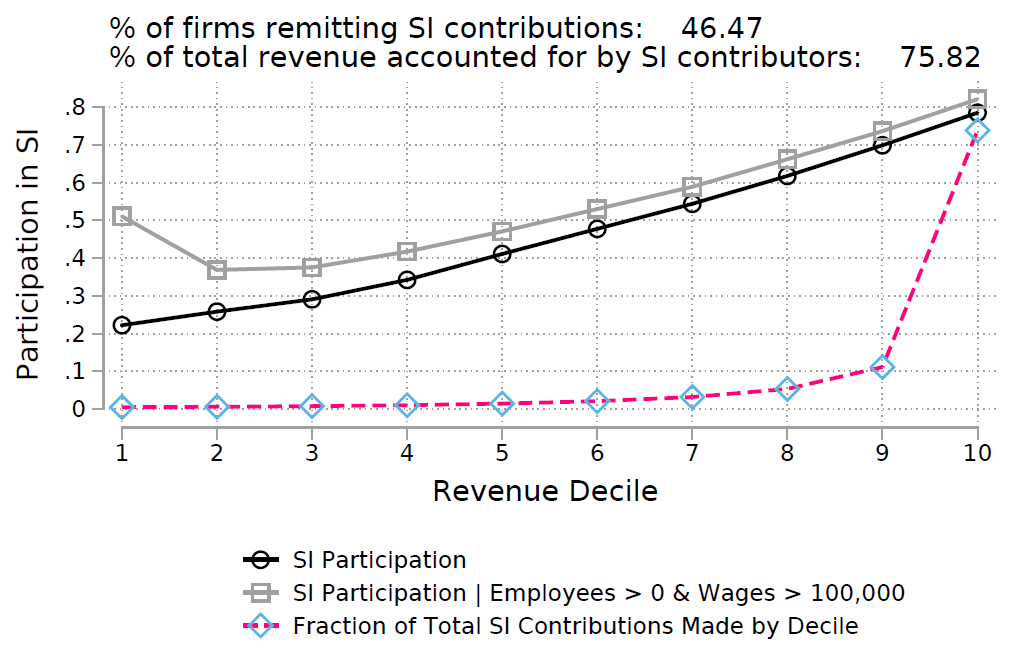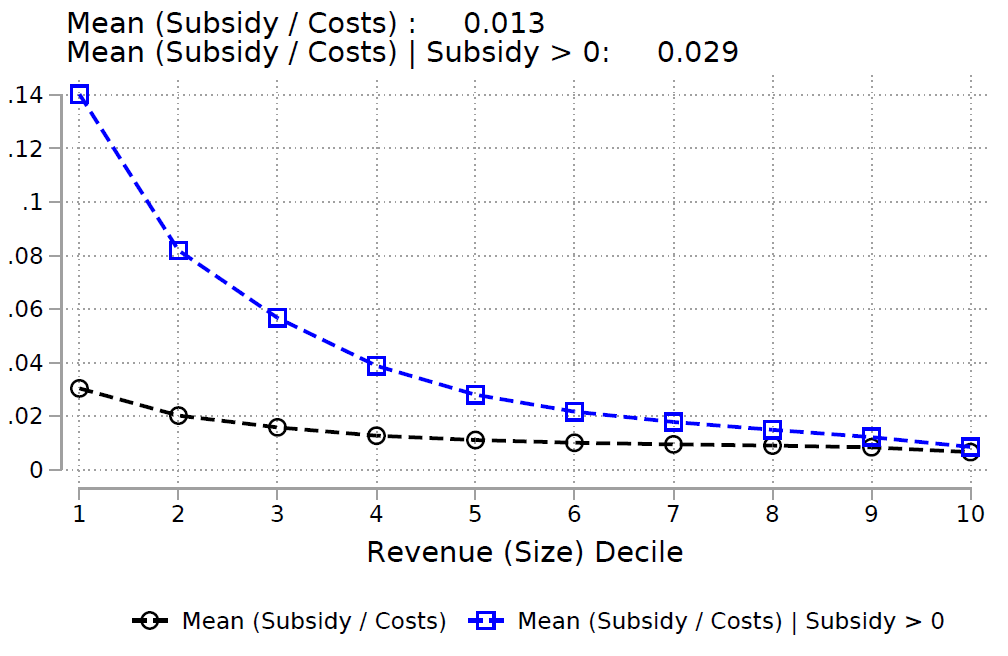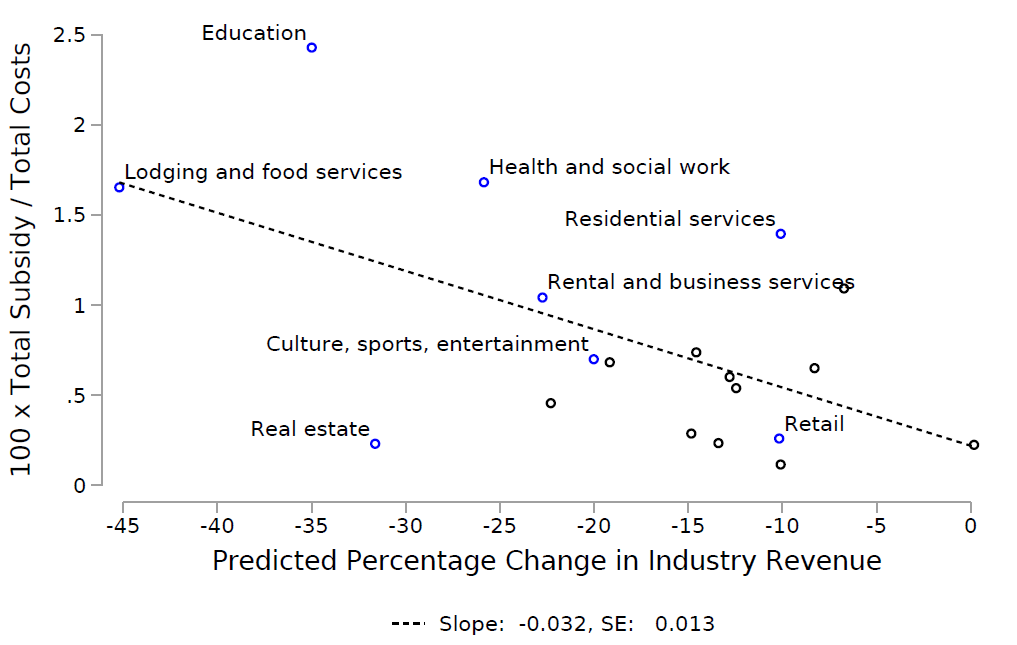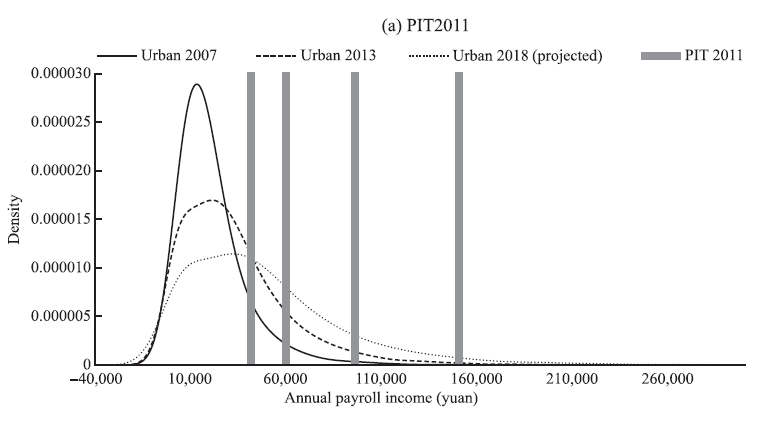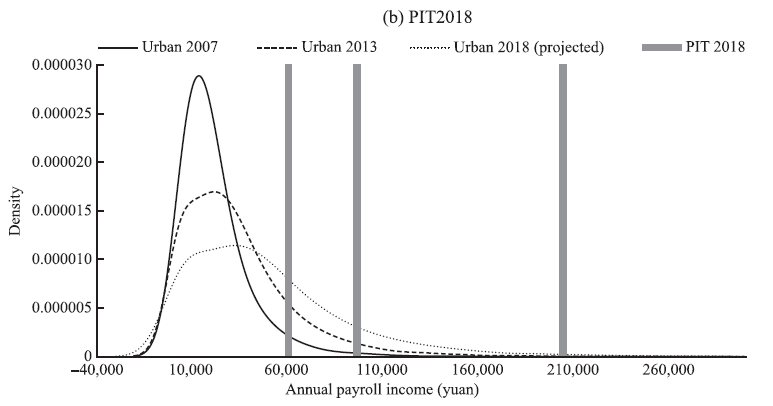Written By: Takashi Shirouzu
Posted on: March 22, 2024
In Japan, the issue of transgender rights is relatively new and there is limited discussion in legal cases and academia. As a crucial starting point, it is essential to note that Japan lacks a general body of human rights law, resulting in a lack of legal mechanisms to protect transgender individuals[1]. Consequently, navigating this issue feels akin to being in a maze where one is unsure of the perspective from which to approach it. However, as discussed in the following chapter, this area of law is gaining public recognition with recent notable cases in Japan revolving around transgender rights concerning gender change and washroom usage. The Supreme Court of Japan has ruled one of the conditions for sex registry change unconstitutional[2] and the refusal to allow a transgender woman to use washrooms on the same floor of the workplace illegal.[3] These judgments have drawn wide attention from both society and the academic community.
Concerning gender changes, Japan has the Family Registration Act[4] which requires the registration of “sex” alongside name and birthdate for all Japanese nationals at birth. Thus, in the Japanese legal context, gender change requires the altering of one’s registered “sex” in the family registry. The law governing transgender individuals’ gender changes, known as the Gender Identity Disorder Act (GID Act)[5] was enacted in 2003. However, disputes have arisen regarding the constitutionality of some of its requirements.
The absence of gender-neutral washrooms and the prevalence of gender-segregated toilets in Japan make this issue directly relevant to the daily lives of transgender individuals. Thus, through the lens of these decisions, this paper illustrates a segment of Japan’s legal landscape surrounding transgender individuals.
- Restrictions on Sex Change
The GID Act was enacted in 2003 and implemented in 2004. As indicated by its name, the act employs the term “gender identity disorder.” This can be notably contrasted with the ongoing global trend of using “gender dysphoria” rather than “disorder” when referring to transgender individuals[6]. This enduring contrast could be indicative of a lag in Japanese law on the subject. Originally, the GID Act was established to allow legal change of the registered sex of individuals who had already undergone sex transition, aligning with the desires of the transgender community. However, it has since become a hindrance for those transgender individuals who do not wish to undergo sex transition. Now, two decades since its enactment, there is a pressing need for significant changes. The provisions outlining the requirements for sex changes are as follows:
Article 3(1): The Family Court may, upon the request of a person with gender identity disorder who meets the following conditions, make a judgment to change the treatment of their sex:
(i) be over the age of eighteen,
(ii) be unmarried,
(iii) have no minor children,
(iv) have no genital gland or be permanently lacking function of a genital gland, and
(v) have the body structure with the appearance resembling the sexual organs of the other sex.
To undergo sex change, all of these requirements must be met and each poses significant issues from a human rights perspective.
The requirement in item (ii), regarding not being married, was added due to Japan’s non-recognition of same-sex marriage. The purpose of the requirement in item (iii), regarding the absence of children, initially aimed to prevent confusion in parent-child relationships. The original condition was the absence of any children but the 2008 amendment limited the condition to the absence of underage children[7]. This continued insistence on the absence of underage children is motivated by concern for child welfare, specifically considering the impact of sex change of a parent on underage children. The requirement in item (iv), related to the removal of the genital gland, was enacted to prevent societal confusion arising from the use of birth-related reproductive functions to conceive children after sex change. Finally, the “resemblance” requirement in item (v) was established to prevent confusion in the use of public facilities such as changing rooms.
With respect to the requirement in item (ii), the Supreme Court decision[8] in 2020 upheld the provision and stated that allowing a change in the treatment of sex for those currently married could disrupt and confuse the current marriage order, which recognizes marriage only between persons of the opposite sex. The decision held that such a change might cause confusion in the existing marriage order and deemed it not unreasonable. The Supreme Court concluded that such a provision did not constitute an abuse of the discretionary power of the legislative body and did not violate the Constitution[9].
Similarly, concerning the “no minor children” requirement in item (iii), a Supreme Court decision[10] in 2021 cited a 2007 decision[11], stating that the condition cannot be considered as lacking in rationality. The decision acknowledged the need for considerations such as the potential for confusion in the family order and problems from the viewpoint of the welfare of the child. It concluded that this requirement did not represent an abuse of discretion by the legislative body and was not in violation of the Constitution.
The most contentious points of Article 3(1) of the GID Act have been the requirements outlined in items (iv) and (v) which mandate surgery. The Supreme Court first rendered a decision[12] on item (iv) in 2019. In that ruling, the Supreme Court unanimously deemed the provision constitutionally valid, citing the purpose of item (iv) to be threefold: to prevent issues in parent-child relationships due to the reproductive function of the assigned sex before sex transition, to avoid societal confusion, and to mitigate abrupt changes in a society that distinguishes between biological males and females.
However, just four years later in 2023, the Supreme Court unanimously declared item (iv) unconstitutional[13]. The Court held that Article 13 of the Constitution[14] guaranteed the “freedom not to be subjected to intrusion on the body against one’s own will” as an important right related to personal existence. It emphasized that item (iv), which involved the removal of testes or ovaries, constituted a significant restriction on this freedom. Therefore, the Court proposed a weighing of the degree to which a restriction could be deemed necessary for the purpose and the content and nature of the restricted freedom, the specific manner and degree of the restriction, etc. In doing so, it concluded that item (iv), being an excessive constraint, violated Article 13 of the Constitution when it was considered comprehensively.
On the other hand, the trial court did not make a ruling on item (v), which also imposes surgery requirements, despite the plaintiffs’ assertion of its unconstitutionality in line with that of item (iv). As a result, in reversing the judgment and remanding the case back to the court below, the majority did not make any judgment on this item. However, in this case, three dissenting opinions were attached opposing the remanding the case. While all three concurred with the majority that item (iv) was unconstitutional, the dissents also expressed that item (v), which mandated genital surgeries such as penectomy and vaginoplasty for transgender women and urethral lengthening and phalloplasty for transgender men, similarly constituted a significant constraint on the freedom not to be subjected to intrusion on the body against one’s own will, and thus violated Article 13 of the Constitution. They thus wanted to accept the plaintiff’s request for a sex change, believing that there was no other reason to refuse it.
The significance of this ruling lies in the recognition that, for the first time, the Supreme Court of Japan held a statute unconstitutional based on the reasoning that Article 13 of the Constitution guarantees the freedom not to be subjected to intrusion upon one’s body against one’s own will. The Court dismissed abstract concerns, such as causing societal confusion. However, the ruling still fell short of addressing other issues with the legislation in question. Firstly, the ruling did not recognize the right to choose the gender one identifies with. Similarly, the right to maintain one’s self-identity, as demonstrated by dissenting opinions in previous precedents, was not acknowledged. While the Supreme Court found the freedom not to be subjected to intrusion on the body effective for items (iv) and (v), the court made no ruling on items (i) to (iii). The Supreme Court seems to be of the opinion that Article 3 (1) of the the GID Act should not be considered as a whole, but rather should be read as separate matters from items (i) to (v). However, this approach failed to address the core transgender concern which lay in the ability to choose one’s desired gender without any constraints, and instead left the door open for further discrimination. Despite gender identity not being explicitly listed as a prohibited ground for discrimination under Article 14(1)[15], case law principles acknowledge that the protection of this article is not limited to enumerated grounds[16]. Therefore, making claims based on gender identity may also be possible.
- Restriction on Washroom Usage
The second case involved a restriction on washroom usage for a transgender woman within her workplace at the Ministry of Economy, Trade, and Industry. The plaintiff identified as a woman despite being assigned male at birth. She had undergone feminization surgery and spent all her private time presenting as a woman. However, she had not undergone gender confirmation surgery. The defendant, after consulting with legal advisers and engaging in multiple exchanges with the plaintiff, established a policy for transgender individuals meeting certain criteria, permitting them to use the women’s washroom but advising them to do so in a restricted manner for the consideration of other staff members. This policy was communicated to the plaintiff. Subsequently, with the plaintiff’s consent, an explanatory session about her being transgender was conducted for staff members and, from the following week, the plaintiff began using the women’s washroom. However, it was crucial to note that the plaintiff was allowed to use a women’s washroom located on a floor two or more levels above her work area with some limitations on its use. While there are additional points of contention in this case, the primary issue revolved around the alleged illegality of the treatment that restricted the plaintiff’s washroom usage.
The trial court determined that the societal interests based on gender were legally protected, and restricting the use of washrooms corresponding to one’s self-identified gender constituted a constraint on legal interests[17]. While acknowledging the need for appropriate consideration for other female staff members, the court found that, given the objectively low potential for harm to other women due to the plaintiff’s use of female hormones and societal changes in perception, the treatment regarding washroom usage in this case was illegal under the Government Liability Act[18]. Consequently, the court declared the Personnel Commission’s decision to restrict the plaintiff’s washroom usage as illegal.
Upon appeal, the Tokyo High Court recognized that the Ministry of Economy, Trade, and Industry had actively considered possible measures based on the available information and the decision regarding restroom treatment was reached through dialogue and coordination with the concerned parties. Therefore, the court concluded that the treatment, which the plaintiff had accepted, was not significantly unreasonable, and there was no objective evidence of a substantial change in circumstances warranting the abolition of the specified restrictions at the current stage. While understanding the desire to act based on gender self-identification in the workplace, the court emphasized that the desire for happiness in the workplace was a sentiment shared by everyone in that environment. As a result, the court determined that the government’s response fell within the scope of discretion and was thus lawful.
However, the Supreme Court found that the plaintiff, due to the treatment in this case, was regularly disadvantaged either by using male washrooms or by being forced to use restrooms located away from the office floor. The Court noted that there was no clear objection from staff members regarding the plaintiff’s use of the washroom and there was no evidence present to show any necessity of special consideration for other staff members. Therefore, the Court concluded that there were no specific circumstances forcing the plaintiff to accept such disadvantages and that the government’s decision lacked validity, deviated from the scope of discretion, or amounted to an abuse of discretion, rendering it unlawful. While the decision was unanimous, five supplementary opinions were attached. Each supplementary opinion emphasized the disadvantages faced by the plaintiff but also highlighted the unique circumstances of this case. The scope of this case was limited and would not apply to public washrooms in general, as particularly emphasized in the supplementary opinion of Justice Imasaki.
Conclusion
The two judgements discussed in this paper have paved the way for progress in transgender rights within Japan. However, issues with the GID Act persist, involving item (v) and other requirements, prompting questions on how the Constitution should be interpreted. Regardless of whether the remaining concerns are limited to Article 13 or could be extended to Article 14, further clarification and elaboration of Supreme Court rulings are eagerly anticipated. Moreover, there is a need to further address many complicated issues involving treatment in prisons and treatment of women in sports events. In addressing such issues, a context-driven approach centered on Article 13 seems most reasonable.
In order for Japanese society to reconsider these issues, however, the equality right in Article 14 might become the primary focus. Japan, still in the early stages of addressing transgender issues compared to other nations, needs to navigate this labyrinth of complexities. The academic realm in Japan has seen minimal discussion on this matter, yet such discussion is critical if the country is to escape from this maze and establish a well-defined constitutional foundation for trans rights.
*Associate Professor, Chiba University Law School.
[1] Seiteki shiko oyobi gender identity no tayousei ni kansuru kokumin no rikai no zoushin ni kansuru horitsu [Act for Enhancing Public Understanding of Sexual Orientation and Gender Identity], Law no. 68 of 2023.
[2] Saikō saibansho [Sup Ct], grand bench, 25 October 2023,available at https://www.courts.go.jp/app/hanrei_jp/detail2?id=92191 (sex change case].
[3] Saikō saibansho [Sup Ct], grand bench, 11 July 2023, available at https://www.courts.go.jp/app/hanrei_jp/detail2?id=92191 (washroom case].
3 Kosekihō [Family Registration Act], Law no. 224 of 1947.
[5] Seidouitsusei shougaisha no seibetsu no toriatsukai no tokurei wo sadmeru hōritsu [Act to Provide Special Treatment of Sex for Gender Identity Disorder Patients], Law no. 111 of 2003 [hereinafter, GID Act].
[6] For example, in the World Health Organization classification, gender identity disorders were previously classified as mental and behavioral disorders, but after revision, they are now classified as conditions related to sexual health, and the term “Gender incongruence” is now being used. WHO, ICD-11 for Mortality and Morbidity Statistics (January 2023), available at icd.who.int/browse11/l-m/en.
[7] Originally, article (3)(1)(i) allowed trans people 20 years of age or older to apply. As the legal age of adulthood was lowered to 18 years of age, the GID Act also lowered the age to 18. There is room for debate as to whether 18 years of age is appropriate in comparison with the age in other countries but given the age limit for voting and other provisions of the Japanese Civil Code, it seems difficult to eliminate the age requirement.
[8] Saikō saibansho [Sup Ct], 11 March 2020, 2nd petty bench, available at https://www.courts.go.jp/app/hanrei_jp/detail2?id=89311.
[9] Nihonkoku kenpō [Constitution of Japan], 1946.
[10] Saikō saibansho [Sup Ct], 30 November 2021, 3rd petty bench, available at https://www.courts.go.jp/app/hanrei_jp/detail2?id=90733.
[11] Saikō saibansho [Sup Ct], 19 October 2007, 60 (3) Katei Saiban Geppo 36. At the time of the enactment, the requirement was that individuals could not have children at any age.
[12] Saikō saibansho [Sup Ct], 23 January 2019, 2nd petty bench, available at https://www.courts.go.jp/app/hanrei_jp/detail2?id=88274 .
[13] Supra note 2.
[14] Supra note 8, Art 13 [translated by National Diet Library, available at https://www.ndl.go.jp/constitution/shiryo/03/076a_e/076a_etx.html: “All of the people shall be respected as individuals. Their right to life, liberty, and the pursuit of happiness shall, to the extent that it does not interfere with the public welfare, be the supreme consideration in legislation and in other governmental affairs”.
[15] Supra note 8, Art 14 (1): All people are equal under the law and there shall be no discrimination in political, economic or social relations because of race, creed, sex, social status or family origin.
[16] Saikō saibansho [Sup Ct], 27 May 1964, grand bench, 18 (4) Saikō Saibansho Minji Hanreishu [Minshu] 676.
[17] Tokyo chihō saibansho [Tokyo District Ct], 12 December 2019, 1479 Hanrei Times 121.
[18] Kokka baishahō [Government Liability Act], Law no. 125 of 1947.

 Follow
Follow